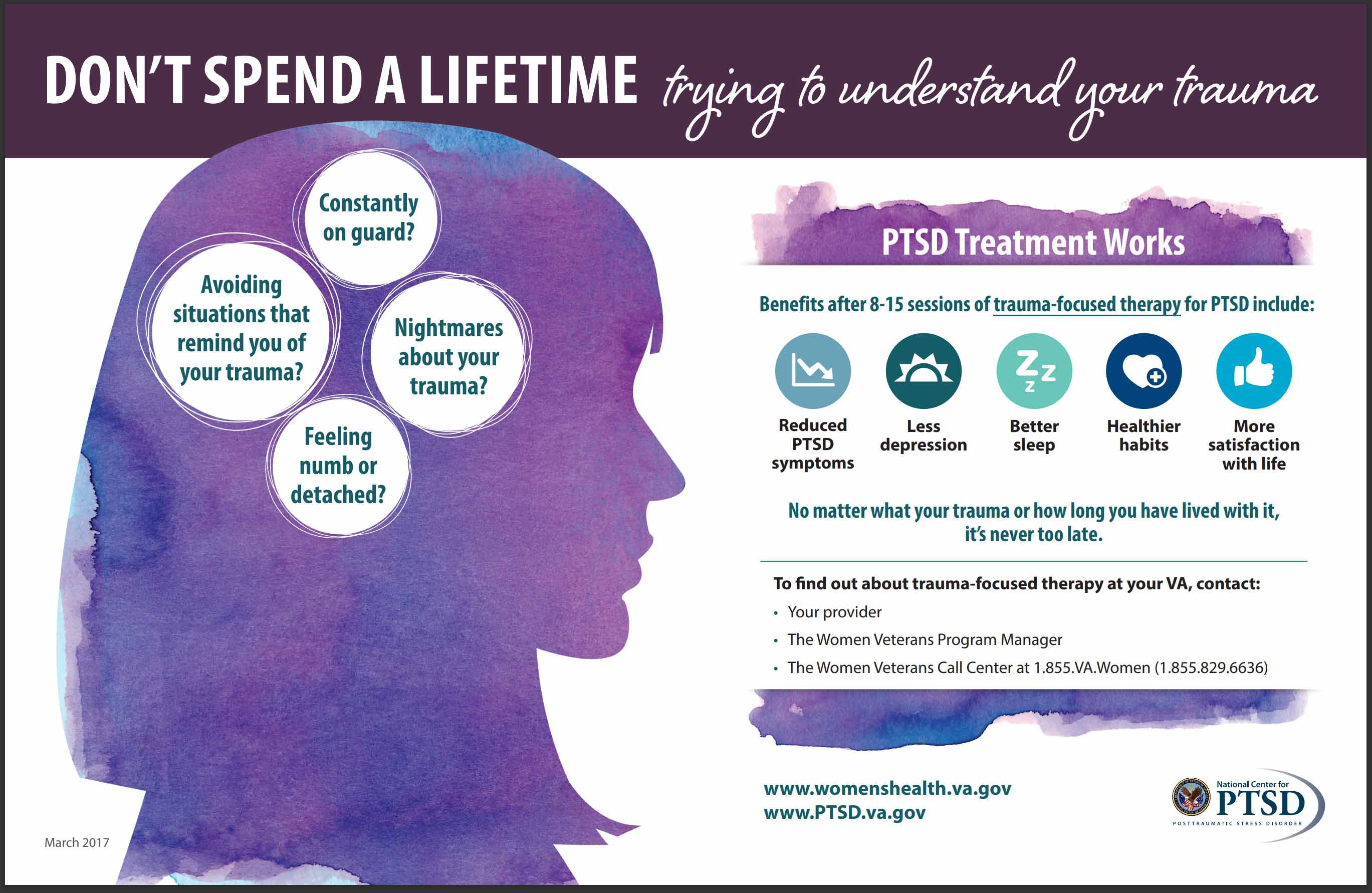In recent years, there have been worrying findings about women’s mental health. For example, in the United States, the number of girls experiencing sexual violence increased by 20 percent from 2017 to 2021. And in 2021, close to a third of girls say they have seriously considered suicide. These figures show that an increasing number of young women are under tremendous psychological pressure.
In China, from 2016 to 2022, the All-China Women’s Federation received more than 250,000 complaints of domestic violence. These figures tell us that the problem of psychological trauma faced by women, both in the West and the East, cannot be ignored.
Experiencing a serious incident, such as sexual assault, domestic violence or severe neglect, can leave an indelible scar inside. This inner wound, if not digested and dealt with over time, may develop into Post Traumatic Stress Disorder, also known as PTSD, a psychological problem that can affect a person’s mood, memory, behavior, and even daily life.
In this article, we’ll take you through what trauma is, why women are more susceptible, and how to get on the path to healing.

I. What is trauma?
When many people hear the word “trauma,” they may think of serious accidents, natural disasters, wars, and so on. But in reality, trauma doesn’t always occur in extreme situations. Sometimes a long period of emotional neglect, an out-of-control argument, or even a demeaning childhood experience can turn into trauma.
Trauma refers to a state of mind in which a person is confronted with some extremely traumatic experience that is so emotionally shocking that it is difficult to digest and cope with, thus leaving a lasting impact. This impact may remain in the person’s emotions, thoughts or behaviors, like a bad memory stuck in the mind that can resurface at any time.
Different people react differently to trauma. For one person, a breakup may be too much for them to walk away from, while for another person, such an event may not bother them too much. This shows that the experience of trauma is subjective and varies from person to person.
If these traumatic memories are not dealt with properly, some people develop post-traumatic stress disorder. It manifests itself in the form of recurring flashbacks to traumatic images, nightmares, emotional stress, being easily startled, avoiding people or places associated with the event, and sometimes even avoiding painful feelings by drinking alcohol and taking medication.
However, it is important to note that not everyone who experiences trauma will develop PTSD; it is not a matter of who is “weaker” than the other, but rather that the human brain and body will instinctively react in a protective manner in the face of great stress. Many psychologists believe that we should not consider this reaction as a “disorder” but as a normal stress reaction.
Why are women more likely to experience trauma?
While trauma can happen to anyone, regardless of gender, data shows that women are more likely to experience certain types of trauma. In particular, women are at significantly higher risk when it comes to physical violence, sexual assault, and intimate partner violence.
In the United States, for example, about one in five women have experienced rape or attempted rape. These numbers are also likely to be conservative estimates, as many women choose to remain silent due to fear, shame, or social pressure, even if they have experienced an assault.
The World Health Organization reports that about one-third of women worldwide will experience physical or sexual violence in their lifetime. This phenomenon does not only occur among adult women, but some women begin to suffer these injustices at a very young age.
In addition to the reality of violence, women may react differently than men on a psychological level. For example, women are more likely to experience avoidance, excessive self-blame, and emotional turmoil. When they express their emotions, they often use words such as “anxious”, “worried” and “sad” to describe their state.
These differences also remind psychologists and therapists to take gender into account when offering help. Women respond to trauma in a different way, and they need a more gentle, understanding and supportive therapeutic environment.
However, there are many women who have learned to cope and go on to lead normal lives after experiencing trauma. However, there are still many women who are so deeply affected by trauma that they are slow to come out of it and are even afraid to talk to others, not to mention reluctant to receive psychotherapy.
Studies show that women are twice as likely as men to suffer from PTSD. And, if you don’t deal with these psychological traumas, you can be physically affected, such as stomach aches, abnormal appetite, and even sexual function problems.
Three: Growing psychological distress in young girls
Why are young women more likely to experience psychological trauma than men? There is no simple answer to this question because it involves many aspects: social environment, gender discrimination, family education, and even online social culture.
Data shows that in 2021, 60% of adolescent girls report feeling sad and hopeless on a regular basis, and such numbers are twice as high as those of boys. Many see such emotional problems as a precursor to depression.
And among gender minorities (such as transgender or sexual minorities), the rate is even higher. Many teens are often ostracized, bullied, or misunderstood due to identity issues, resulting in a very unstable mental state.
When emotions are at a low ebb for a long period of time, many girls will begin to alienate friends, give up hobbies, or even engage in self-harming behaviors. In order to divert their attention, some will try to take drugs or alcohol, or have sex when they are not ready. While these practices don’t really solve the problem, they often lead to deeper trauma.
The study also found that the percentage of teenage girls forced to have sex has risen by 27 percent since 2019. These experiences have a huge negative impact on their growth, emotions and relationships.
Therefore, instead of just seeing the surface of these phenomena, we should proactively think: What can we do? Can society, families and schools provide a safer, more understanding and supportive space for girls? It is only when they dare to speak out about their experiences and can get enough help that they can truly come out of the shadow of trauma.
IV. Trauma-informed therapy: a gentle approach to recovery
In the face of psychological trauma, many people do not know how to cope with it or even where to go for help. At this point, a method called “Trauma-Informed Care” (Trauma-Informed Care) becomes particularly important.
Trauma-Informed Care is a form of treatment that focuses on feelings of safety and trust. It doesn’t start by asking, “What happened to you?” Rather, it asks, “Are you okay? How can I help you?” This approach hopes to help visitors find their rhythm and resilience by understanding their experiences and emotions.
One common form of treatment is called Eye Movement Desensitization and Reprocessing Therapy, or EMDR, which is based on the principle that the human brain can hold traumatic memories “stuck” in the body and nervous system, like an unplayable image. EMDR helps to reprocess the memory so that it no longer causes pain, through eye movements and other means.
EMDR has been shown in several studies to be effective in reducing PTSD, depression and anxiety. While it doesn’t work for everyone, for many women who have been victims of violence, accidents, or abuse, this form of therapy offers a new level of hope.
EMDR emphasizes a “visitor-centered” approach, meaning that the patient is the master of the treatment. The therapist’s job is to guide and accompany, not to dominate. In this way, women not only recover from past traumas, but also enhance their sense of self-worth and inner strength.
V. Healing Trauma Begins with Acceptance of Self
Although many women will inevitably experience trauma in their lives, this does not mean that life has lost hope. The healing process is not easy, but it is not impossible.
What we need to do is to provide more resources and support, such as setting up more women’s psychosocial support groups, promoting education about healthy relationships, and encouraging women to express their emotions and needs.
More importantly, instead of dismissing women’s feelings by saying “you’re too sensitive” or “you’re thinking too much”, we should learn to listen and understand. Everyone who is willing to face their inner trauma deserves to be recognized and supported.
Finally, if you or someone close to you is experiencing psychological distress or even suicidal thoughts, do not hesitate to seek professional help. No matter how deep your trauma, you are not alone. There is always someone willing to lend a hand and walk you through the journey of healing.

